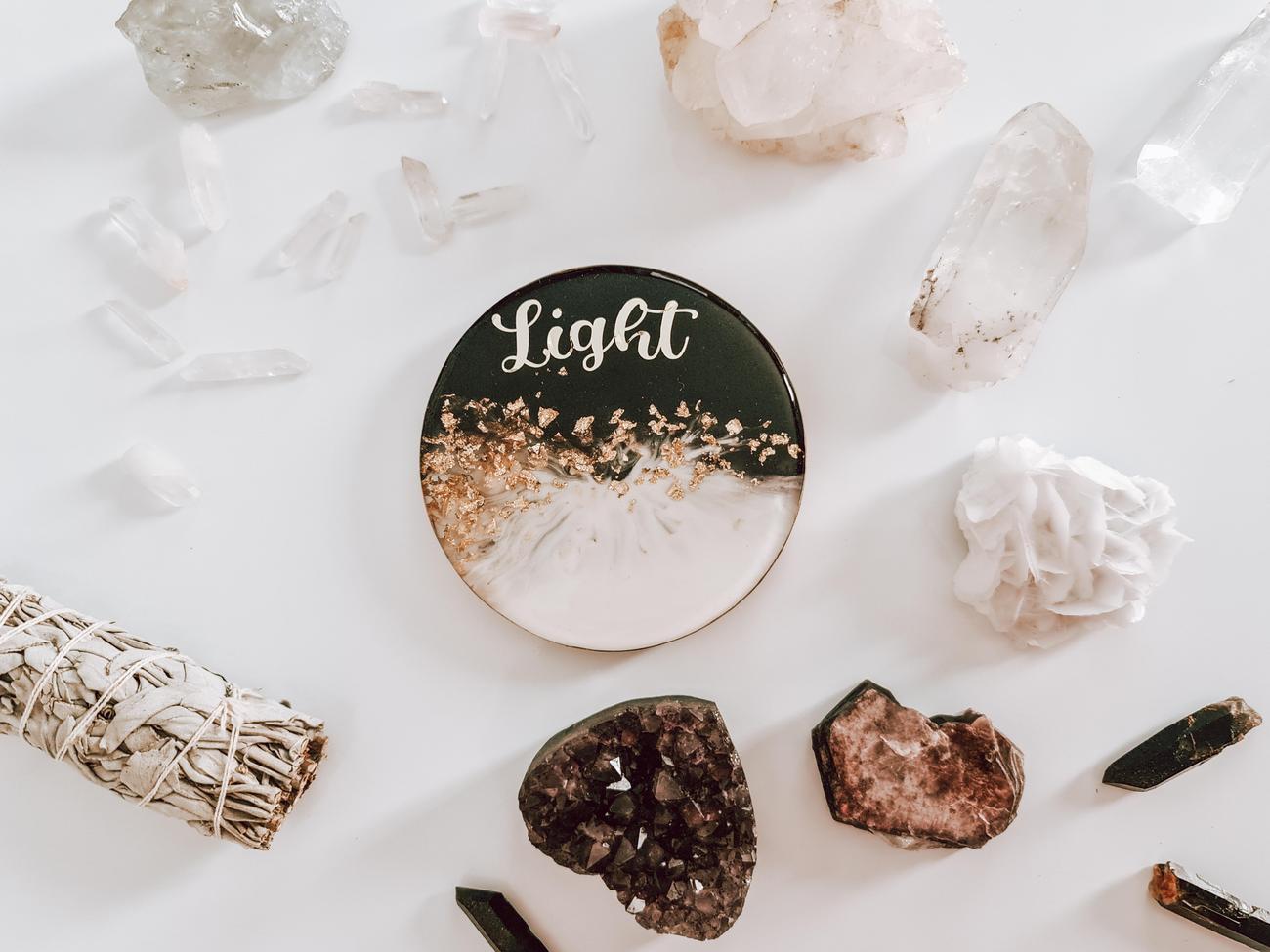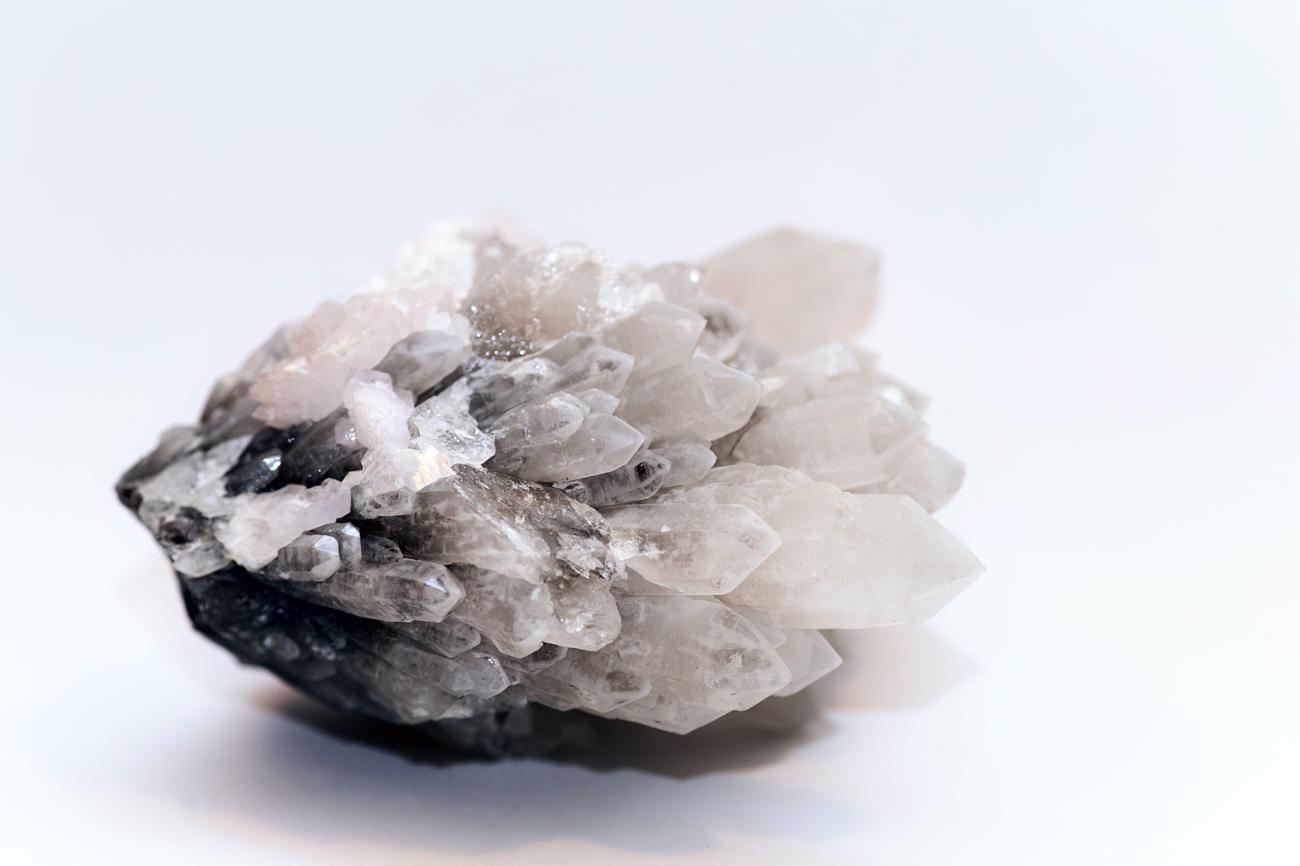Unveiling Peridot’s Enchanting Green Hue: Exploring the Color of Peridot

As a seasoned gemologist and jewelry expert, I am fascinated by the world of gems and minerals, constantly seeking to unravel their secrets and allure. Today, I invite you to join me in exploring the captivating color of peridot. Known for its enchanting green hue, peridot has fascinated civilizations throughout history. In this article, we will delve into the origins, cultural significance, and scientific intricacies behind the mesmerizing green shades that make peridot a truly unique gemstone. From the ancient Egyptians who regarded it as the “gem of the sun” to the modern understanding of its color properties, let us embark on this journey to discover the wonders of peridot’s vibrant green hues.
What Color is Peridot?
When it comes to the mesmerizing world of gemstones, few can rival the enchanting green hue of peridot. But have you ever wondered what gives peridot its distinctive color? What makes it stand out among the array of gemstones? In this article, we will delve deep into the captivating world of peridot and explore the secrets behind its alluring green shade. So, let’s embark on this magnificent journey and uncover the true color of peridot.
Peridot is renowned for its yellowish-green color, which stems from one key element: iron. This gorgeous gemstone belongs to the olivine mineral family and boasts a chemical composition that includes both iron and magnesium. This unique combination of elements gives peridot its characteristic green hues. However, what sets peridot apart from other gemstones is the fact that it is predominantly found in a single color range—varying shades of yellowish-green.
So, what causes this limited color range in peridot? The answer lies in its formation process. Peridot is commonly found in mafic and ultramafic rocks, such as lava and peridotite xenoliths of the mantle. These rocks are silica-deficient, which means they lack an abundance of silica. This silica deficiency, coupled with the presence of iron and magnesium, contributes to peridot’s captivating green shades. The exact shade of green can vary from gem to gem, depending on the percentage of iron present in the crystal structure.
To truly appreciate the stunning spectrum of colors within peridot, imagine standing in a verdant oasis surrounded by lush greenery. The various shades and hues that meet your eye—ranging from vibrant yellow-green to rich olive-green—all encapsulate the beauty of peridot. Just as the foliage in a vibrant forest appears in different shades of green, peridot’s diverse colors add depth and allure to this magnificent gemstone.
Unveiling Peridot’s Unique Color Variations
Now that we understand the primary color range of peridot, let’s explore the different variations and intricacies that exist within this enchanting gem. While it predominantly exhibits yellowish-green shades, the precise hue can vary within this range. Depending on the concentration of iron in each peridot crystal, the gem can showcase colors that lean more towards yellow, olive, or even brownish-green.
The variations in color are a testament to peridot’s individuality and distinctive nature. Each gem possesses its own personality, reflecting a unique combination of color tones within the yellowish-green spectrum. Whether you prefer a bright and sunny yellow-green peridot or a deep and earthy olive-green gem, there is a shade of peridot to suit every taste and style.
“Peridot’s diverse colors, from vibrant yellow-green to rich olive-green, add depth and allure to this magnificent gemstone.”
The Symbolism and Significance of Peridot’s Green Hue
Beyond its visual allure, peridot carries a rich history and cultural significance. For centuries, this captivating gemstone has been associated with symbolism related to luck, protection, and prosperity. In ancient civilizations, peridot was believed to have protective powers, capable of driving away fears and nightmares. It was cherished and revered not only for its stunning green color but also for its supposed ability to ward off evil and bring good fortune to its wearer.
The name “peridot” itself has an intriguing origin. Its etymology is still debated among scholars, with suggestions ranging from an alteration of the word for opal to the Arabic word for “gem.” This enigmatic origin adds a touch of mystique to this already intriguing gemstone.
In conclusion, peridot’s captivating green hue is a result of its iron and magnesium composition. This unique combination, coupled with its occurrence in silica-deficient rocks, creates its distinct yellowish-green color range. From bright and sunny yellow-green to deep and earthy olive-green, the variations within this spectrum add depth and allure to peridot. So, the next time you come across a peridot gem, take a moment to appreciate the enchanting world within its green hues, knowing that each gem holds its own story, symbolism, and cultural significance.
“From bright and sunny yellow-green to deep and earthy olive-green, the variations within peridot’s color range create a world of depth and allure.”
Peridot, the gemstone known for its vibrant green color, holds a treasure trove of fun facts. Whether you’re a gemstone enthusiast or just curious about this dazzling gem, you’ll be amazed by what you discover. Did you know that peridot is one of the only gemstones that can be found in meteorites? Yes, it’s true! In fact, this gem is so special that it’s been found on Mars as well. To learn more intriguing tidbits about peridot, click here: fun facts about peridot. As you delve into the fascinating world of peridot, you’ll uncover its history, symbolism, and even some myths and legends associated with it. So go ahead and embark on a journey of knowledge and wonder, all with the click of a link.
All You Need to Know About Peridot: Unboxing the Mysteries Behind this Vibrant Gemstone
[youtube v=”lRcVVQBMtoY”]
Peridot is a captivating gemstone that has captivated the hearts of many with its stunning yellowish-green hue. Renowned for its vibrant color, peridot belongs to the olivine mineral family and is composed of iron and magnesium. This article will delve into the fascinating world of peridot, exploring its formation, properties, and unique characteristics.
Formation and Color
Peridot forms deep within the Earth’s mantle, unlike most other gemstones that originate in the Earth’s crust. Scientists believe that peridot originated from a reservoir of magma and reached the Earth’s surface through volcanic eruptions. Notably, peridot can also be found in stony iron meteorites known as palestinic peridot. These extraterrestrial gemstones add a touch of celestial allure to the peridot collection.
The mesmerizing color of peridot is primarily attributed to its chemical composition. Iron two and iron three elements contribute to the stone’s vibrant green and yellow tones. Increased chromium content can also intensify the green color. Peridot’s color range typically encompasses yellowish greens, from the bright and vibrant to the rich and olive-like. Each peridot gemstone possesses its own unique combination of color tones within this enchanting spectrum.
Orthorhombic Forms and Crystal Structure
One of the most intriguing aspects of peridot is its orthorhombic crystal structure. Exhibiting various orthorhombic forms, peridot crystals are known for their exceptional beauty. These crystals typically have six-sided prisms that terminate at the top, showcasing a characteristic form that is synonymous with peridot. The surface of peridot may exhibit a greasy luster, although it can vary from vitreous to greasy. However, it is essential to note that peridot crystals may have surface scratches due to their natural formation process.
Peridot and the Olivine Group
Peridot is a significant member of the olivine group of minerals, which encompasses a range of mineral variations formed through isomorphism. Isomorphism refers to the ability of different elements to replace each other within the atomic structure, leading to slight variations in the species within the group. Forsterite, a magnesium-rich variation, and fayalite, an iron-rich variation, are part of the isomorphous series. Peridot, although often leaning toward the forsterite end of the spectrum, can be a combination of both, providing a plethora of colors and optical properties.
Peridot’s Unique Attributes
Apart from its captivating color and crystal structure, peridot possesses several noteworthy attributes. Here are some key characteristics that make peridot stand out:
Birefringence: Peridot exhibits a high birefringence, which causes the stone to appear doubled or fuzzy when observed. This optical property makes peridot easily distinguishable, as not many other green gemstones share this quality. Green zircon is one such gemstone that can rival peridot’s birefringence.
Lily Pad and Ludwig Inclusions: Peridot is often known for its distinctive inclusions, such as lily pad fractures and long needle-like inclusions known as ludwig ei. Lily pad inclusions are circular stress fractures that can have tiny black inclusions of chromite. Ludwig inclusions are dark, needle-like inclusions that can fill up the stone.
Distinctive Spectrum: Using a spectroscope, peridot displays a unique spectrum with three strong bands in the blue-violet section. This absorption spectrum is indicative of the presence of iron in the gemstone.
Famous Localities
Peridot can be found in various locations around the world, each with its own unique characteristics and allure. Notable localities include:
Peridot Mesa in Arizona: This location is renowned for its abundance of peridot deposits. The peridot found here is often of exceptional quality and is highly sought after by gem enthusiasts.
Manchuria, China: The northeastern region of China is known for its peridot, often referred to as Manchurian peridot. These gemstones possess their own distinct characteristics and offer a wide range of carat weights.
Egyptian Island of Zabargan: Home to one of the largest peridot gemstones, weighing 311 carats, this island has contributed significantly to peridot’s illustrious history.
Peridot has long been associated with luck, protection, and prosperity throughout history. Its pleasing aesthetic appeal, coupled with its unique properties, make it a gemstone that holds a special place in the hearts of many gem enthusiasts and collectors.
So, whether it’s the alluring green hue, the captivating crystal formations, or the interesting origin stories, peridot continues to shine as a beautiful gemstone that captivates both the eye and the imagination.
Don’t miss out on the opportunity to explore the wonders of peridot further. Visit gemstones.com for more videos, articles, and a chance to view an exquisite collection of peridot gemstones and jewelry. Experience the allure of this extraterrestrial gem and discover the beauty that lies within each peridot.
“Peridot: Unpacking the Mysteries Behind its Vibrant Beauty and Unique Formation”

FAQ
Q: What color is peridot?
A: Peridot is best known for its yellowish green color, which is caused by the presence of iron in the gemstone.
Q: Why does peridot have a limited range of colors?
A: Peridot is a gemstone with a single color, which is restricted to the yellowish-green range. This limitation is due to its chemical composition, which includes iron and magnesium.
Q: Is peridot commonly used in jewelry?
A: Yes, peridot is widely used in different types of jewelry because of its attractive yellowish green color.
Q: Where is peridot found?
A: Peridot is found in mafic and ultramafic rocks, occurring in lava and peridotite xenoliths of the mantle. It is often found in silica-deficient rocks.
Q: What is the symbolic significance of peridot?
A: Peridot is often associated with symbolism related to luck, protection, and prosperity. It has been prized since ancient civilizations for its protective powers and its ability to drive away fears and nightmares.
- HelpCare Plus: Revolutionizing Affordable and Accessible Healthcare - December 29, 2024
- Boom & Bucket: Your Digital Marketplace for Used Heavy Equipment - December 28, 2024
- Ankle Bones Crossword Clue: Solutions, Tips & Anatomical Insights - December 28, 2024














